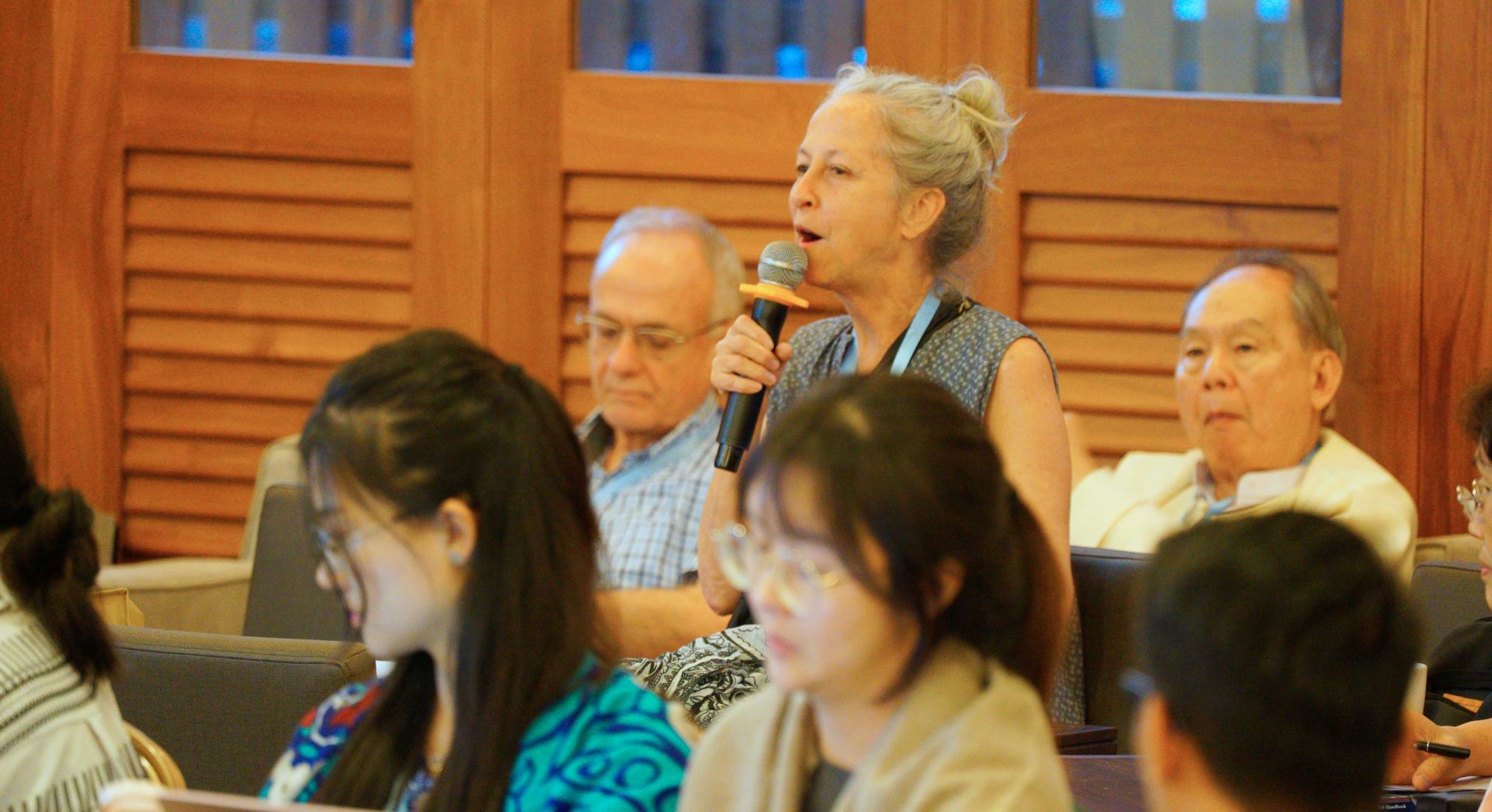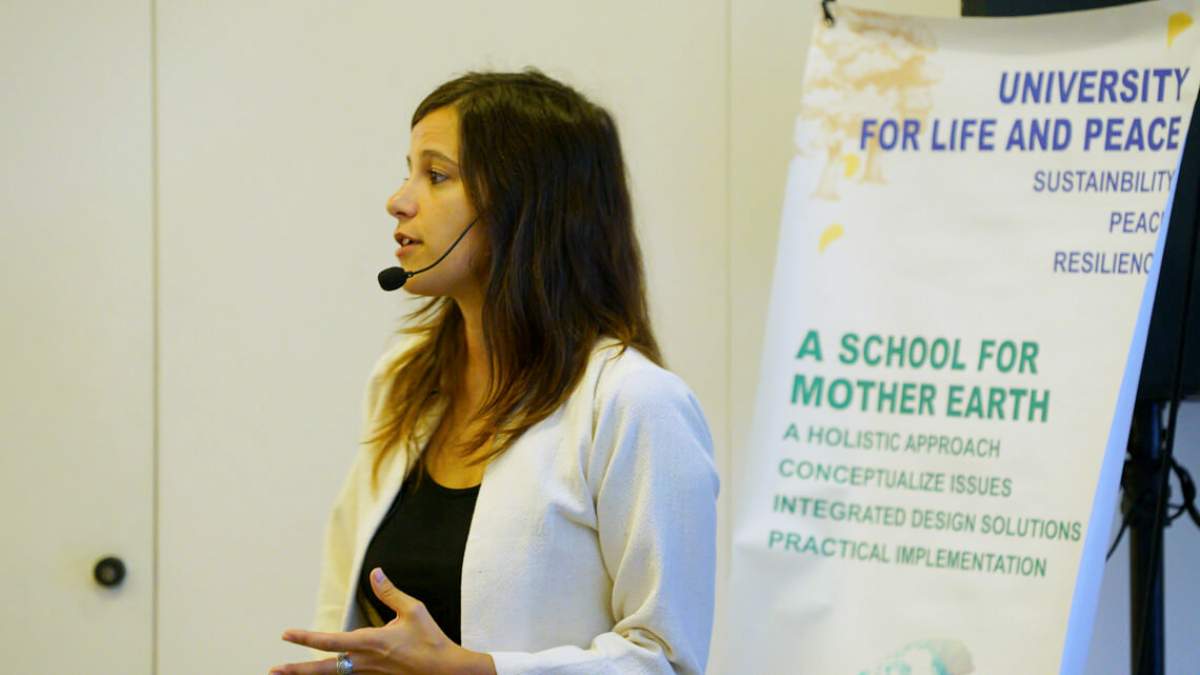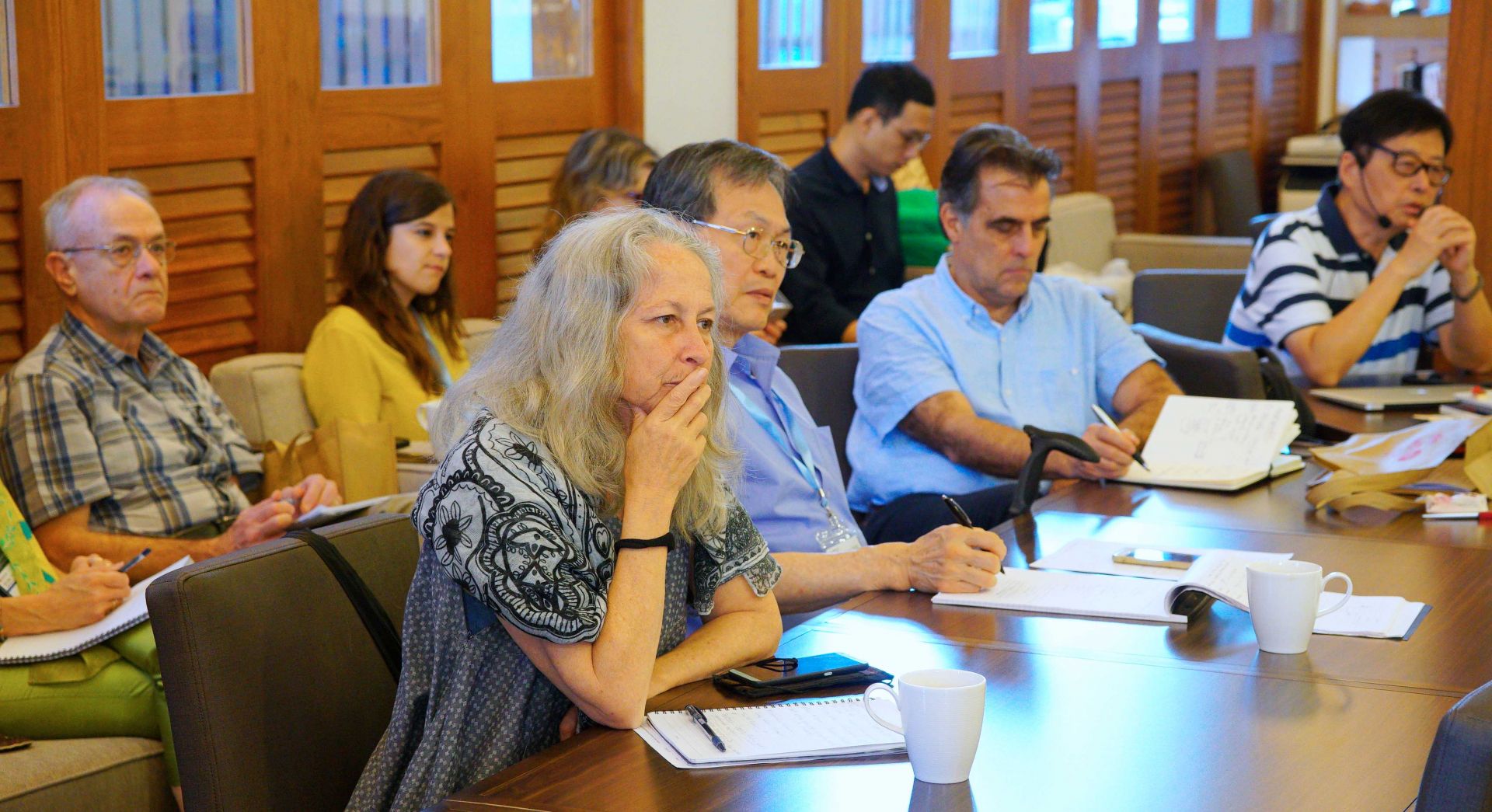Biodiversity. How to Reconcile Biological Life and Economic Interests?
The concept of “ecosystem services” refers to the benefits that people obtain from functioning ecosystems, including green areas within cities.
Prof. Dr. Peter Edwards
Biodiversity. How to Reconcile Biological Life and Economic Interests?
I will consider how biodiversity and economic interests can be reconciled, using green spaces and wildlife in urban areas as an example. The concept of “ecosystem services” refers to the benefits that people obtain from functioning ecosystems, including green areas within cities. These benefits are very diverse, but usually classified into four main types: provisioning, regulating, socio-cultural, and supporting ecosystem services. The first of these, provisioning ecosystem services, refers to the production of harvestable goods such as food, building materials, and fuel. The second is regulating ecosystem services, which helps maintain environmental conditions within safe or comfortable limits. Vegetation can have a big effect upon the urban microclimate and contribute to mitigating urban heat islands. Similarly, temporarily retaining rainwater, vegetation, and unsealed land can help prevent floods following heavy rain. A third type is socio-cultural ecosystem services, meaning those services important for human psychological well-being and culture. Trees and gardens increase the amenity value and attractiveness of the urban landscape, while nearly all green spaces offer recreational potential. As places where people meet, rest, and play, public green spaces foster social and cultural integration, especially among children and young adults. The final category, supporting services, underlies the provision of the other three, and contributes to the overall resilience of urban systems. Key supporting services include pollination, which help maintain plant populations and produce food, and biodiversity, which can increase the resilience of an ecosystem in providing services.
Given the economic pressures to develop land, it is unrealistic to expect the green areas in cities to persist into the future unless their value can be demonstrated, especially in financial terms. Among sources of value that can be readily measured, one of the most important in cities is amenity benefits, which can be assessed through the effects of green spaces and trees upon property prices in the neighborhood (known as the “hedonic pricing method”). Other benefits relate to the regulatory functions of ecosystems, such as cooling, which can be assessed in terms of electricity saved, and reducing the risk of flooding, which can be assessed in terms of the cost of structures that would otherwise be needed to manage stormwater. Finally, the “contingent valuation method” allows researchers to assess other non-market benefits by asking people how much they would be prepared to pay for green spaces or urban ecosystems. Although far from perfect, these methods of capturing the value of biodiversity often provide impressive support for protecting these areas (Edwards, 2019).







